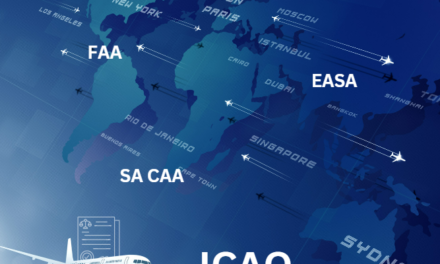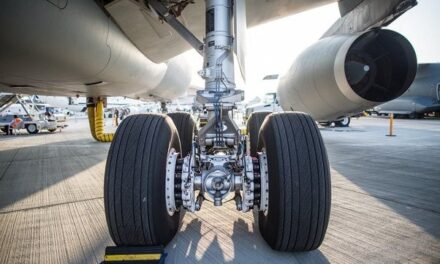eVTOL (Electric Vertical Takeoff and Landing) aircraft are revolutionizing urban air mobility by providing efficient, sustainable, and scalable solutions for short-distance transportation within cities and surrounding areas. Here’s how they are shaping the future:
1. Reducing Urban Congestion
- Impact: eVTOL aircraft offer an alternative to ground transportation, alleviating traffic congestion in densely populated cities.
- Benefit: Enables faster commutes by bypassing traditional road networks.
2. Promoting Sustainability
- Impact: Powered by electric propulsion systems, eVTOLs produce zero operational emissions.
- Benefit: Supports green transportation goals, reducing the carbon footprint of urban mobility.
3. Enhancing Accessibility
- Impact: eVTOLs connect underserved areas with city centers, providing efficient access to urban hubs.
- Benefit: Reduces travel times and improves connectivity in remote or congested regions.
4. Cost-Effective Operations
- Impact: Electric propulsion systems lower operating and maintenance costs compared to traditional helicopters or small aircraft.
- Benefit: Makes urban air mobility more affordable for both operators and passengers.
5. Enabling New Business Models
- Impact: Ride-sharing services and air taxis are being developed by companies like Joby Aviation, Lilium, and Archer Aviation.
- Benefit: Creates innovative urban transportation options tailored to individual and group needs.
6. Supporting Urban Infrastructure Evolution
- Impact: Vertiports and charging stations are being integrated into cityscapes to support eVTOL operations.
- Benefit: Aligns with smart city initiatives and future urban planning.
7. Leveraging Advanced Technology
- Impact: Autonomous flight systems, AI-driven navigation, and advanced battery technology make eVTOLs safe and efficient.
- Benefit: Minimizes pilot dependency and operational errors while enhancing safety.
8. Addressing Noise Pollution
- Impact: eVTOLs operate more quietly than traditional helicopters due to electric motors and distributed propulsion systems.
- Benefit: Reduces noise pollution in urban environments.
9. Facilitating Emergency Services
- Impact: eVTOLs can be deployed for medical evacuations, disaster relief, and firefighting in urban areas.
- Benefit: Improves response times and accessibility during emergencies.
10. Challenges and Outlook
- Challenges: Regulatory hurdles, airspace integration, public acceptance, and battery limitations need to be addressed.
- Outlook: With advancements in technology, infrastructure, and regulations, eVTOLs are set to become a vital part of the urban transportation ecosystem.
eVTOL aircraft are shaping the future of urban air mobility by offering sustainable, efficient, and innovative solutions to modern transportation challenges. As technology and infrastructure evolve, eVTOLs promise to redefine how we move within cities, making urban transportation faster, greener, and more accessible.













